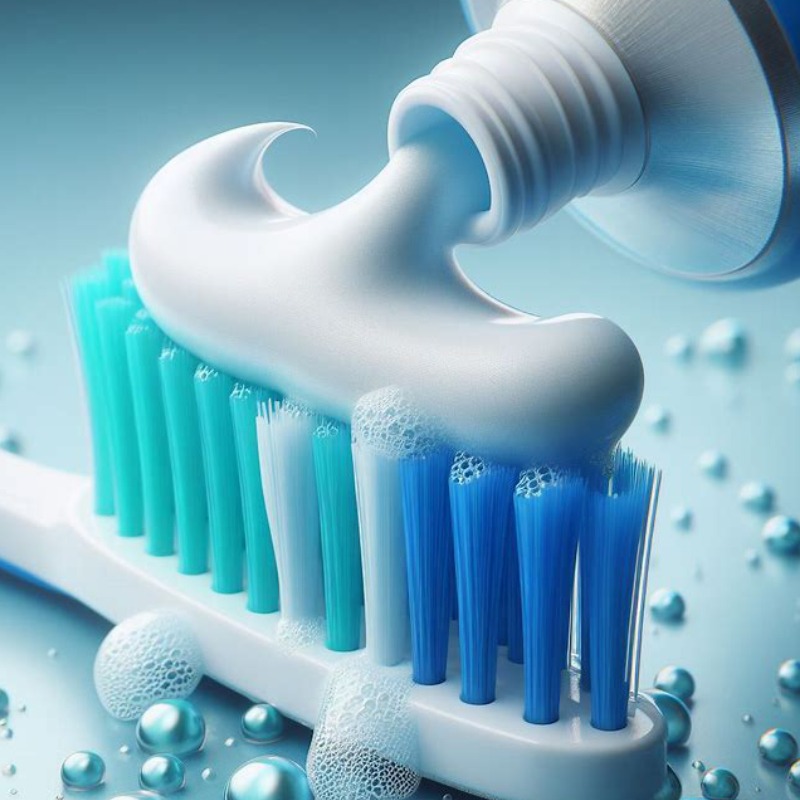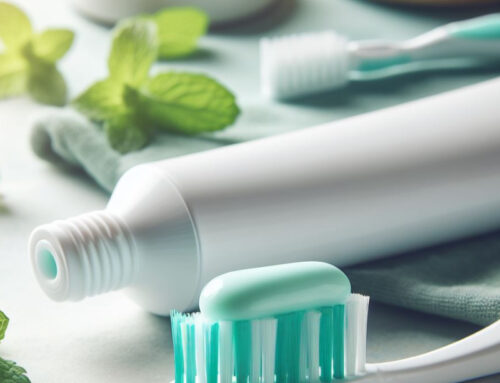
An ongoing debate, what is the answer?
As more research emerges on the topic of fluoride, questions arise: Is it beneficial or harmful? Should it be in toothpaste? While clear answers are still pending, our extensive research led us to offer alternatives for remineralization.
Given fluoride’s presence in water, we’ve opted not to include it in our products. The debate over its presence in drinking water continues.
There are over 4000 results in fluoride review search on PubMed – only the top 50 were screened for the purpose of this table
PROS |
CONS |
|---|---|
| Researchers have observed fluoride’s decay preventive effects through three specific mechanisms: [25],[26]
1. It reduces the solubility of enamel in acid by converting hydroxyapatite into less soluble fluorhydroxyapatite/fluorapatite. 2. It exerts an influence directly on dental plaque by reducing the ability of plaque organisms to produce acid. 3. It promotes the remineralization or repair of tooth enamel in areas that have been demineralized by acids. 4. Fluoride is rapidly eliminated in urine 5. Genotoxicity of Fluoride: studies on mice have shown no evidence of effect of fluoride on chromosomes in bone marrow or sperm cells even at fluoride levels 100 times higher than that in fluoridated water Source: Dhar V, Bhatnagar M. Physiology and toxicity of fluoride. Indian J Dent Res. 2009 Jul-Sep;20(3):350-5. doi: 10.4103/0970-9290.57379. PMID: 19884722. 6. “Sodium fluoride varnish was found efficient in arresting Source:Sharma D, Singh A, Verma K, Paliwal S, Sharma S, Dwivedi J. Fluoride: A review of pre-clinical and clinical studies. Environ Toxicol Pharmacol. 2017 Dec;56:297-313. doi: 10.1016/j.etap.2017.10.008. Epub 2017 Oct 24. PMID: 29091818. 7. “At this time, the current evidence does not allow us to state that fuoride is Source: Miranda GHN, Alvarenga MOP, Ferreira MKM, Puty B, Bittencourt LO, Fagundes NCF, Pessan JP, Buzalaf MAR, Lima RR. A systematic review and meta-analysis of the association between fluoride exposure and neurological disorders. Sci Rep. 2021 Nov 22;11(1):22659. doi: 10.1038/s41598-021-99688-w. PMID: 34811523; PMCID: PMC8609002. 8. “Official advise from WHO, USPSPF, Prevlnfad, APP, NICE, NHS for children under 5: For children aged between 0 and < 2 years: tooth brushing is 9. On top of toothbrushing with fluoride toothpastes, systemic fluoride supplements as well as fluoridated milk are advised/considered for children in high risk group (read sociodisadvantaged families) 10. Authors looked at the Cohrane review and meta analysis on adverse effects of topical fluoride applications in young children and though the evidence exists it was not speficied. What is clear that if brushing after 12 months of age, the incidence of dental fluorosis is much less. Source: Jullien S. Prophylaxis of caries with fluoride for children under five years. BMC Pediatr. 2021 Sep 8;21(Suppl 1):351. doi: 10.1186/s12887-021-02702-3. PMID: 34496756; PMCID: PMC8424787. 11. There are different types of fluoride: for instance, amine fuoride has additional antibacterial/antibiofilm properties (due to the antibacterial fluoride counter ion (i.e the ammonium salt). Whereas sodium fuoride and sodium monofuorophosphate don’t possess antibacterial properties. Source: Paszynska, E., Pawinska, M., Gawriolek, M. et al. Impact of a toothpaste with microcrystalline hydroxyapatite on the occurrence of early childhood caries: a 1-year randomized clinical trial. Sci Rep 11, 2650 (2021). https://doi.org/10.1038/s41598-021-81112-y |
1. Fluoride increases the stability of the crystal lattice in bone, but makes bone more brittle (in chronic toxicity following ingestion of small amounts of fluoride in drinking water over several years)
2. At higher levels of ingestion-from 2 to 8 mg daily, skeletal fluorosis may arise. Whereas dental fluorosis is easily recognized, the skeletal involvement is not clinically obvious until the advanced stage and early cases may be misdiagnosed as rheumatoid or osteoarthritis 3. Acute toxicity is very rare and occurs: The amount of fluoride considered lethal when taken orally is 35-70 mg F per kg body weight. This is equivalent to 5-10 g sodium fluoride for a 70-kg adult and 1-2 g sodium fluoride for a 15-kg child 4.To prevent dental fluorosis from occurring in the most prominent and/or most susceptible teeth, the most critical time to avoid fluoride exposure is the first three to six years of a child’s life.Fejerskov et al. (1977) stated that the effect of fluoride on enamel formation can follow several possible pathogenic pathways: Effect on ameloblasts Secretory phase Diminished matrix production Effect on nucleation and crystal growth in all stages of enamel formation Dhar V, Bhatnagar M. Physiology and toxicity of fluoride. Indian J Dent Res. 2009 Jul-Sep;20(3):350-5. doi: 10.4103/0970-9290.57379. PMID: 19884722.
5. Though, it has been reported that permissible fluoride intake up to the age of eight is beneficial for calcification of dental enamel, but ingestion of excess may lead to serious health
hazards. 6. Chronic exposure of fluoride leads to reproductive toxicities and
sperm dysfunction in males. 7. Dr. Arvid Carlsson, Nobel Laureate in medicine and physiology indicated that the administration of drugs with fluoridated water causes severe toxicities.
8. A leading pharmaceutical company, Sepracor, disclosed that the fluoride in toothpaste activate G proteins in the cavity precipitates gingivitis, periodontitis and oral cancer
9. High fluoride intake causes neurological dysfunction which include impairment of attention, intelligence quotient, memory, sensory function, learning with poor emotional state and weaken neuropsychology processes
Source:Sharma D, Singh A, Verma K, Paliwal S, Sharma S, Dwivedi J. Fluoride: A review of pre-clinical and clinical studies. Environ Toxicol Pharmacol. 2017 Dec;56:297-313. doi: 10.1016/j.etap.2017.10.008. Epub 2017 Oct 24. PMID: 29091818.
10. Fluoride causes difficulties with concentration, memory, general malaise and fatigue.
Source: Spittle B., Psychopharmacology of fluoride – a review, Int Clin Psychopharmacol. 1994, Summer 9(2): 79-82
11. According the the authors, since 2006 epidemiological studies identified fluoride as a neurotoxin (and it may be linked to Autism, ADHD, Dyslexia) and especially affect children/developing brain
Source: Grandjean 2014 published in Lancet Neural under the title Neurobehavioral effects of developmental toxicity
|







